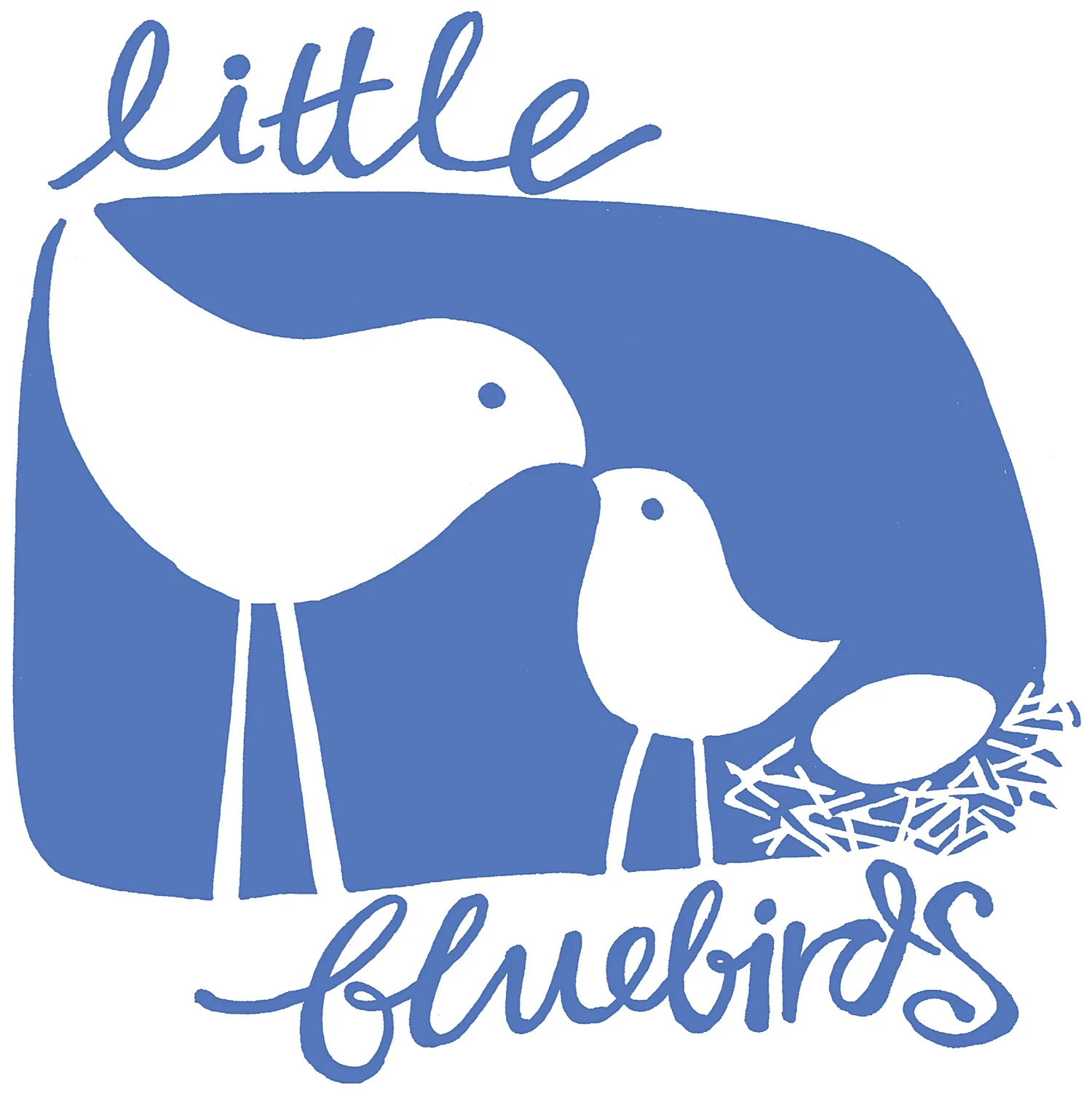Warm up with a slow cooked meal
What's for dinner at your house tonight?
I just love it when the weather turns a bit colder. It's my favourite time of year for cooking as I love slow-cooked soups and stews. I have a slow cooker that is on more days than not at the moment. If I get organised, I can prepare a meal in only a few minutes, then go about my business for a few hours and come back home to dinner already made!
Slow cooked meals really are for everyone! Babies who are just starting to learn about family food, textures and flavours can share the same meal as everyone else. Slightly older kids who like helping out can put chopped up vegies in the pot. It's easy to add extra ingredients if you want to feed a friend's family too, (or to save for leftovers). Food intolerances and allergies are easily catered for too.
The smell that fills the house...mmm. When the kids say "I'm hungry...what's for dinner?" (or imply this by whining or fussing or crying!) I can be holding a child on one hip and still be moments away from dishing up!
Start with vegies
Root vegetables such as carrot, beetroot, parsnip and swede are all in season now. Potatoes, sweet potatoes, leek, cauliflower and beans are also.
- Root vegetables are made for slow cooking! They are strong and require more cooking to soften.
- Onions, leek and garlic really add to the depth of flavour in a soup or stew
- Vegetables like broccoli, spinach, cauliflower don't work well in slow cookers as they lose all their texture, colour and flavour with prolonged cooking. They are best lightly steamed and added to the plate when serving.
- Everyone seems to have their own opinion on whether celery should be added! It's a favourite with me! I think it works beautifully with tomatoes and onions.
- Bones are cheap and make an amazing base for stews and soups. They contain many minerals that are also important for our own health. Adding a small amount of something acidic (lemon juice, apple cider vinegar or tomatoes) really helps to draw these minerals from the bones whilst cooking
- Vegetarian? No need to add bones then! There are many, many different beans, pulses and legumes that can be added to a meal and cooked slowly. Chick peas, lentils, haricot beans and many other varieties are available. The healthiest way to prepare pulses and legumes is to buy them dried, leave them to soak overnight in water and drain them before cooking. This starts the sprouting process enough to "unlock" the nutrients inside. This also helps lessen the "tooting" effects of beans!
- Grains such as brown rice, pearl barley and quinoa can make tasty editions. They should always be rinsed before cooking.
- Pumpkins seem to grow from compost bins so easily! They are certainly a cheap meal when grown this way! In a slow cooker the pumpkin flesh melts beautifully, making a curry or stew creamy and delicious.
- Meat should always be on the bone for a slow cooked meal. There is a lot of goodness in the bone and the marrow, and slow cooking does wonder for drawing these nutrients out. The meat becomes very tender over time. These are often cheaper cuts of meat too so make sense for the family budget.
- I do always add a good quality sea salt too. My children like less salt than I do so I keep it lightly seasoned and add extra salt and pepper at the end.
Combinations
What are your favourite meat or vegetarian combinations?
Lamb, red lentils, tomatoes, carrots and onions finished with green beans
Chicken, leek, potato and carrot finished with spinach
Osso Bucco beef with onions, tomatoes, celery, carrots and beetroot finished with a side of broccoli
Black beans, tomatoes, red onions, celery, capsicum, mushrooms finished with spinach
Lamb, chick pea, onion and sweet potato curry finished with spinach
Chicken, quinoa, onion, garlic and carrot finished with spinach
small hands can help add spinach
Side Dishes
Bread is the classic side for a stew and soup. Pappadums for a curry. Irish stew is classically accompanied by soda bread which is quick and easy to make
Making bread may seem like too big a task to manage. It does take time and does make some mess, but that's what kids do anyway isn't it? I find kids love the tactile properties of play-dough. The function of squeezing and kneading is great for their hand strength, but is also calming for their brains, and can hold their focus for a while. Why not make real dough instead, give them some time to knead it and create their own shapes. Irish soda bread is easy to make and doesn't require time for the yeast to do it's thing and the dough to rise.
There are plenty of good gluten-free recipes around. If you or your child has other food allergies or intolerances that rule out eggs or nuts, then other side dish options include pappadums, sticky rice balls, mashed potato or peas.
Variations
Keep experimenting!
I think every cuisine in the world has some sort of slow-cooked meal. If you have adventurous children who are interested in flavours, then go ahead and experiment with Moroccan flavours, Indian or Sri Lankan curries, Brazilian feijoada or Colombian lentil and pork stew.
Bon Appetit!











